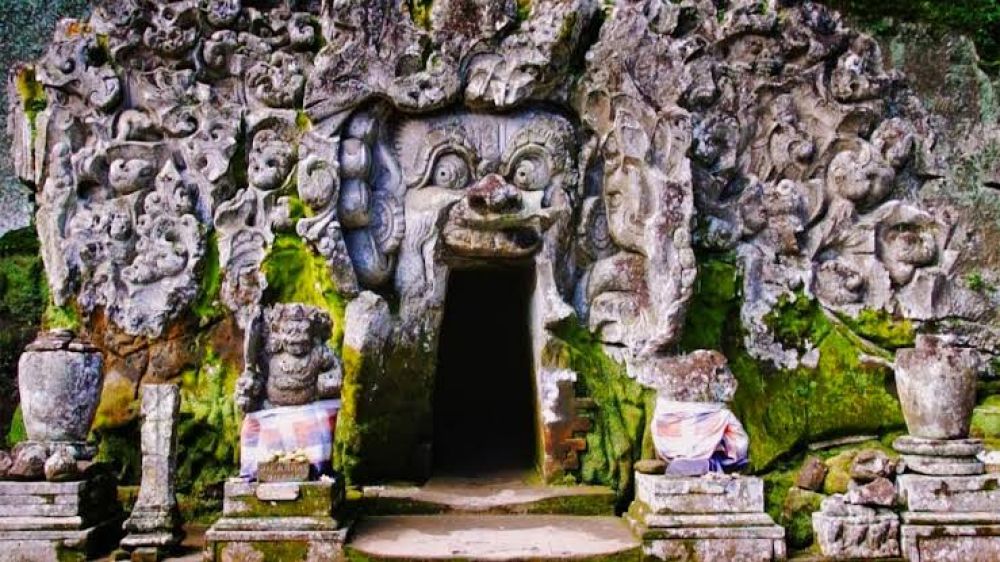

Located in the serene South Goa, the Rivona Caves, also known as the Pandava Caves, are ancient rock-cut caves that have been a point of intrigue and interest among historians, archaeologists, and tourists alike. Thought to date back to the 6th or 7th century, these caves are often linked to the Goan Buddhist monks and their monastic lives.
The Rivona Caves carry the legacy of Buddhism’s spread in the region. Carved out of laterite stone, the caves are indicative of the skilled craftsmanship of the era. The caves served as a monastery for Buddhist monks during ancient times. One of the significant features is the Buddha's "Pitha" (seat), which is found inside the cave, suggesting that it was once a site for meditation and religious discourse.
Although not as widely renowned as other tourist spots in Goa, the Rivona Caves have slowly gained attention over the years. The state has been known predominantly for its beaches and nightlife, but the growing interest in cultural and historical sites has led to an increase in tourism at the caves.
Reflecting on current tourism trends, the Goa government and local touristic authorities are now focusing on promoting heritage sites across the state to diversify the tourism experience. This includes the Rivona Caves. Infrastructure improvements to facilitate easier access and better information through guided tours are also part of this initiative, aiming to enhance visitor knowledge and appreciation for Goa’s rich history.
As part of the latest tourism trends, there is a conscious effort to promote sustainable tourism practices to preserve these historical sites. Authorities are engaged in maintaining the ecological balance while providing tourists with an educational and fulfilling experience. Sensitizing visitors to the historical significance and the need to maintain the sanctity of the Rivona Caves is a continual process.
In contrast to the bustling beaches of Goa, Rivona Caves cater to a niche of tourists interested in spirituality, meditation, and the ancient history of the land. From being an off-the-beaten-path spot, the caves now feature in several heritage tours, drawing in visitors from around the world.
Today's tourists can visit the Rivona Caves to get a glimpse of the life of monks in ancient times and connect with Goa's historical fabric. The unique architecture and the tranquil atmosphere of the caves offer a different pace of experience to the conventional Goan holiday narrative dominated by beaches and parties.
The tourism history of Rivona Caves underscores the change in Goa's tourism landscape from being solely a beach destination to a place rich with cultural and historical experiences. As awareness and preservation efforts continue to grow, the caves are set to become an integral part of the Goan tourism circuit, offering a serene and enlightening escape to the discerning traveler.